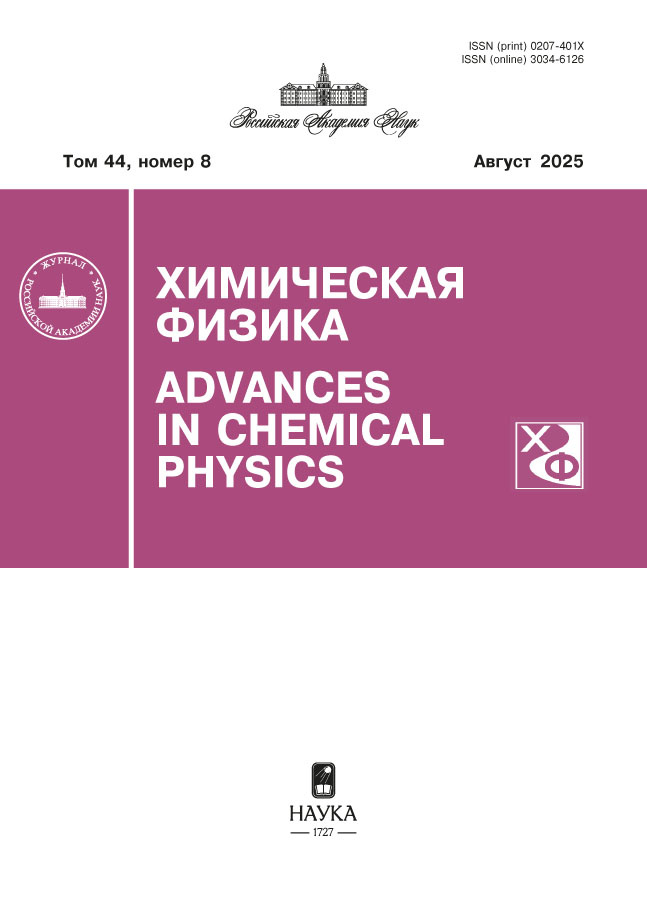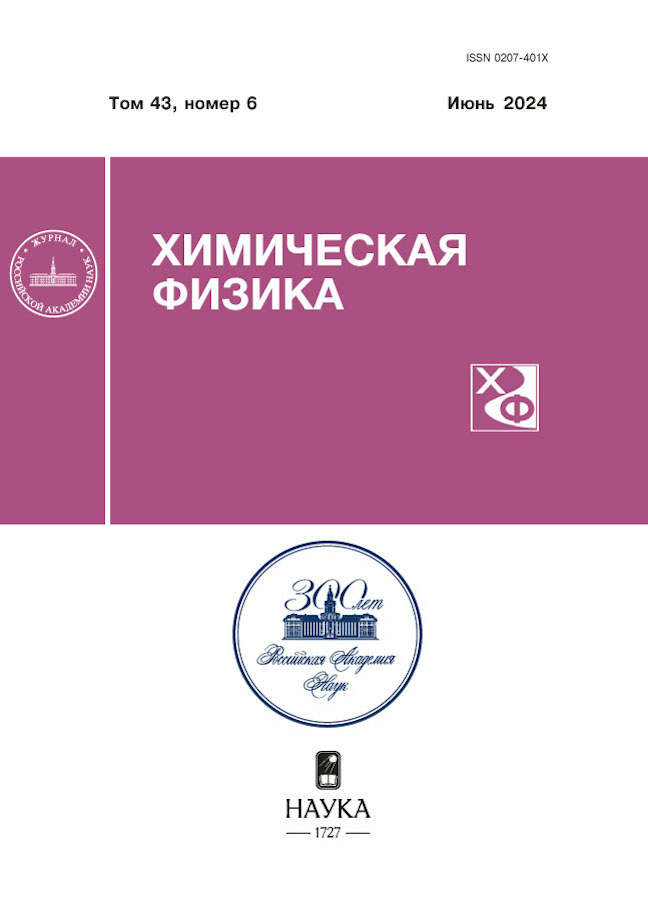Abstract
The paper presents the results of calculations of the length of ozone destruction chains in the lower stratosphere in HOx-, NOx- and ClOx - catalytic cycles, taking into account heterogeneous chemical reactions (GHR) involving particles of the Young layer. Taking into account these reactions leads to a change in the type of high-altitude profiles of the length of the chains in these cycles, calculated in the approximation of the absence of GHR. At the lower boundary of the Young layer, a degeneration of the chain destruction of ozone in the NOₓ cycle is observed, caused by a sharp decline in the concentrations of components of this family due to the capture of gas molecules N₂O₅. At the same time, there is an increase in the chain length in the HOx cycle by more than an order of magnitude due to a decrease in the concentrations of OH and HO₂ radicals and, as a result, a decrease in the rate of chain breakage with their participation. At high altitudes, the length of the ozone destruction chains, taking into account GHR, on the contrary, are higher; the acceleration of the destruction of O₃ by chain carriers in HOx and ClOx cycles affects. The increase in their concentrations is due to the reduced content of NO and NO₂ in the air. The considered effect of GHR practically disappears at the upper boundary of the Young layer due to the evaporation of particles.













